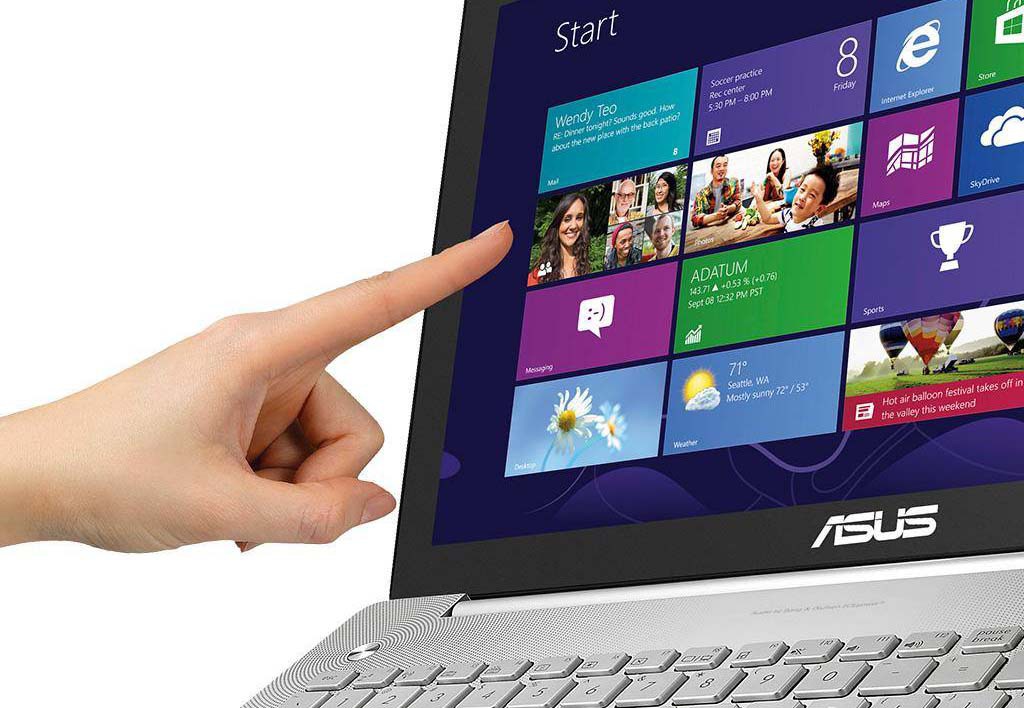Since the launch of Windows 8, with its tablet-like interface, there has been a deluge of ultrabooks, laptops and even all-in-ones supporting a touchscreen. The touchscreen madness has even seeped into the monitor game, with several brands coming out with touchscreen models. Aside from the novelty factor, are these devices any good? Well, no. You are better of finding a good deal on the web for a conventional laptop whose screen you do not touch, read on to find out why.
Ergonomic disaster
Touchscreens are a great solution for tablets and smartphones, you hold them in your hand and can comfortably navigate with your fingers. Constant reaching out to touch your laptop screen, on the other hand, is an ergonomic nightmare that can introduce fatigue as well as a fair bit of frustration. It is so bad that a term gorilla arm has been coined to describe the arm pain that occurs when actively using vertical touchscreens. Even without the pain, constantly reaching from the keyboard to the screen is extremely annoying. If your laptop comes equipped with windows 8 gestures, there is little to no motivation for you to reach out and touch the screen at all.
Confusing UI
Microsoft had high hopes for its touchscreen oriented interface, so much so that it implemented a “touch-first” design philosophy. This caused outrage from the majority of users who had no intention of using any touchscreen whatsoever. The UI is confusing, cumbersome and not at all user friendly for all but the most basic of functions. Although the UI is great for touchscreen only actions such as swiping or pinching to zoom, it is nothing but a hindrance to users who just want to get some work done. Regular windows apps, even though they have shortcuts on the tabletesque start screen, still open in desktop mode, driving home the absurdness and redundancies of this design solution.
Few touch-optimised desktop apps
Modern touch-based UI apps are great for consuming digital content, but the mouse and keyboard are unparalleled when you need to get work done, both in terms of speed and accuracy. The Windows store has strikingly few touch optimised apps, lagging far behind both the iOS and Android stores. Even the apps that are available provide an absurdly inconvenient user experience. Even the most simple of apps takes up the entire screen, and this is definitely not making the best use of your computer’s resources. The feeling you get from using any of these apps is that they make no sense unless they are on a tablet or smartphone.
Touchscreen enabled laptops and notebooks were obviously a big deal for Microsoft, and IDC made a prediction in 2013 that around 18% of all notebook sales would be touch enabled. They have recently modified this estimate to 10%. Aside from the glaring functional and ergonomic flaws, the main reason for this market flop is a much higher price tag compared to non-touch counterparts.

